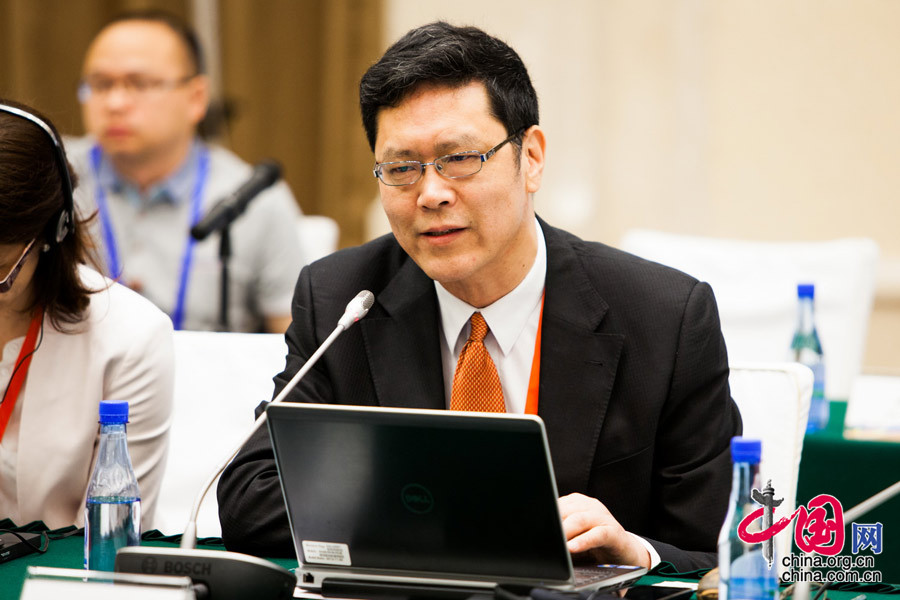Paper abstracts: Xing Guangcheng
 0 Comment(s)
0 Comment(s) Print
Print E-mail China.org.cn, June 27, 2014
E-mail China.org.cn, June 27, 2014

Xing Guangcheng
(Director, Research Center for Chinese Borderland History and Geography, Chinese Academy of Social Sciences)
Author
Xing Guangcheng is Director at the Research Center for Chinese Borderland History and Geography, Chinese Academy of Social Sciences. Xing has been selected as one of the top 10,000 leading scholars in philosophy and social sciences research (2014), a state-recognized cultural elite; and was a recipient of the 1998 State Council special allowance. Xing has published academic papers with a total of 3.178 million Chinese characters from 1987–2014. Xing is the author of four books including 70 Years of High-Level Decision-Making in the Soviet Union—From Lenin to Gorbachev, and has edited or co-authored 36 academic books. Xing has published 100 papers, written more than 60 internal research reports, and published seven papers in both English and Russian.
Abstract
The Silk Road economic belt covers countries in both Europe and Asia. It is a network for mutually beneficial cooperation in Eurasia instead of merely a belt area for cooperation as commonly understood. Bridged and linked by Russia and Central Asia, it should start from China and end in Europe with extension to northern Africa, forming a smooth transportation network and convenient trade channel in Eurasia. The Silk Road Economic Belt initiative includes connecting Europe and Asia and facilitating investment and trade in the Eurasia. It aims at connecting these countries and realizing a win-win relationship, instead of replacing other regional organizations. At the end, the paper points out that the initiative should be combined with the 21st Maritime Silk Road to make it an important part for China to cooperate with the other countries in Asia, Europe and Africa.






Go to Forum >>0 Comment(s)